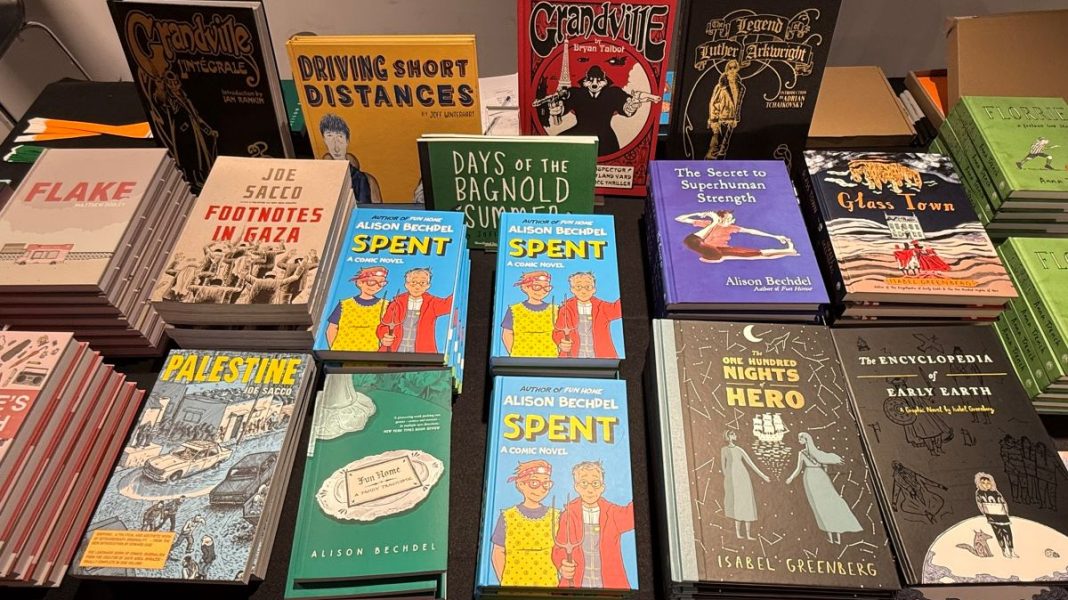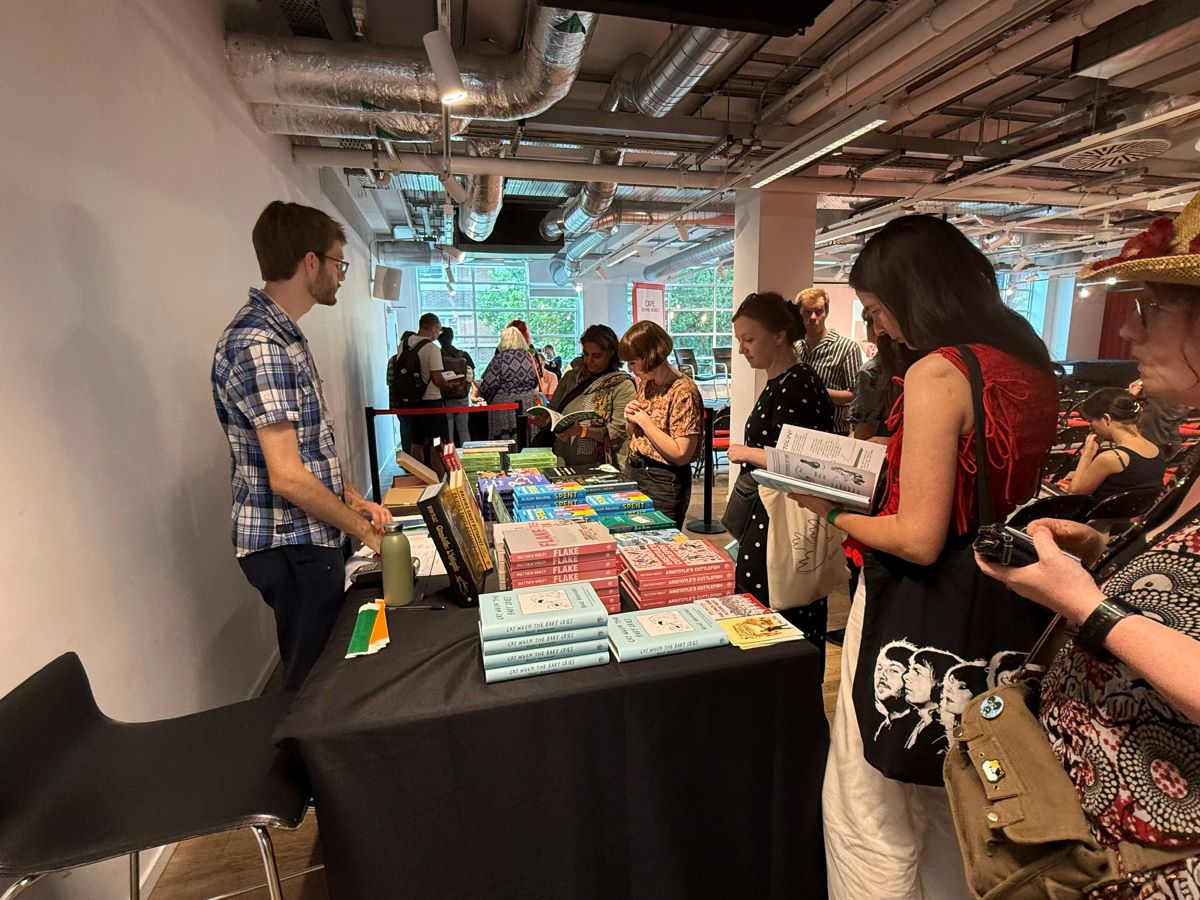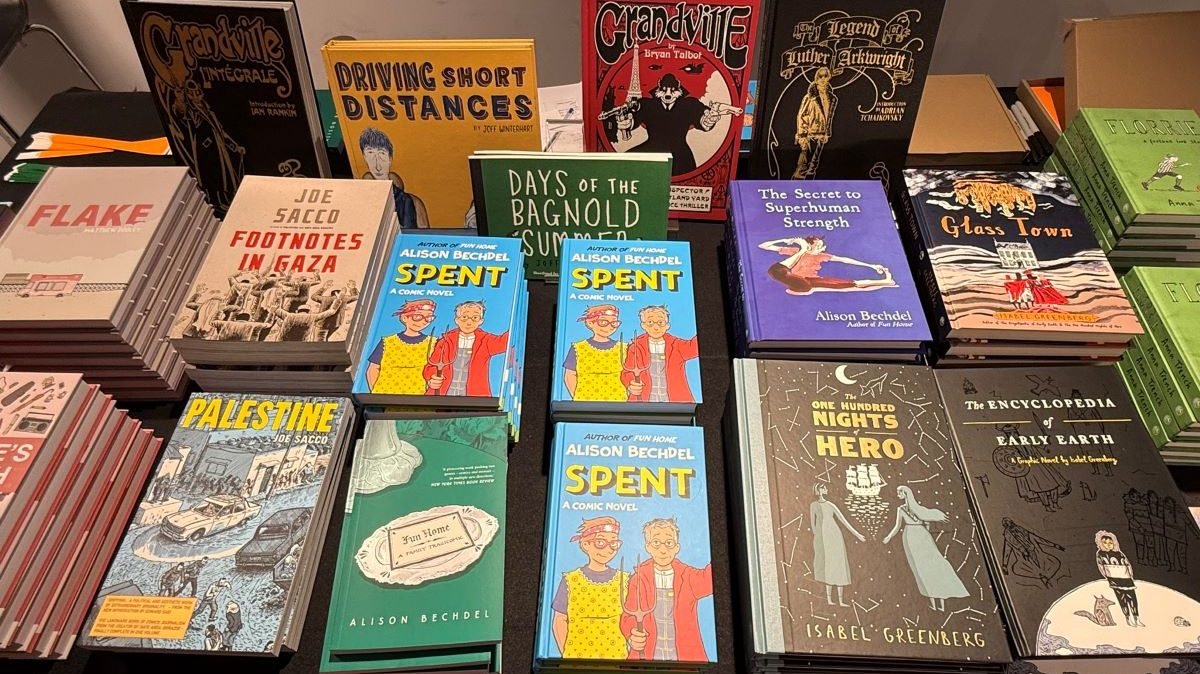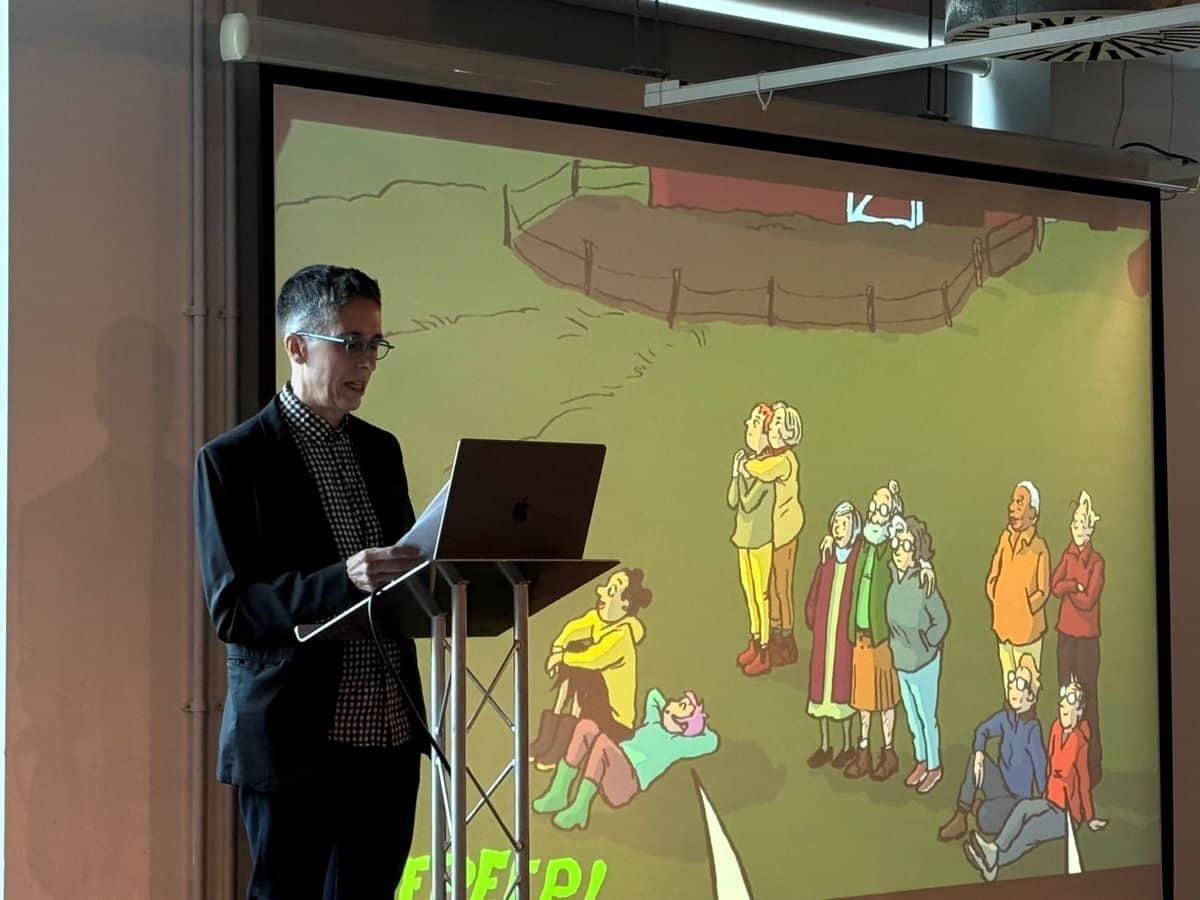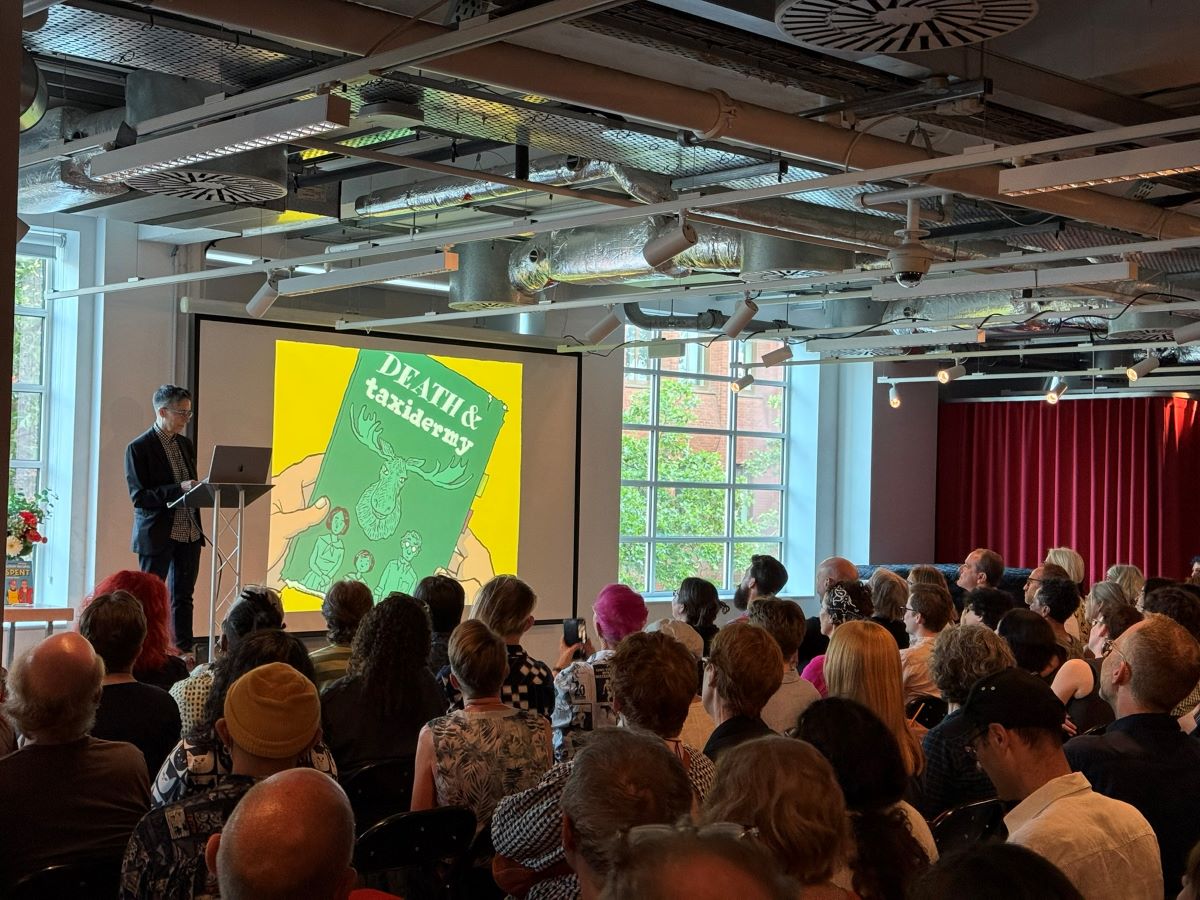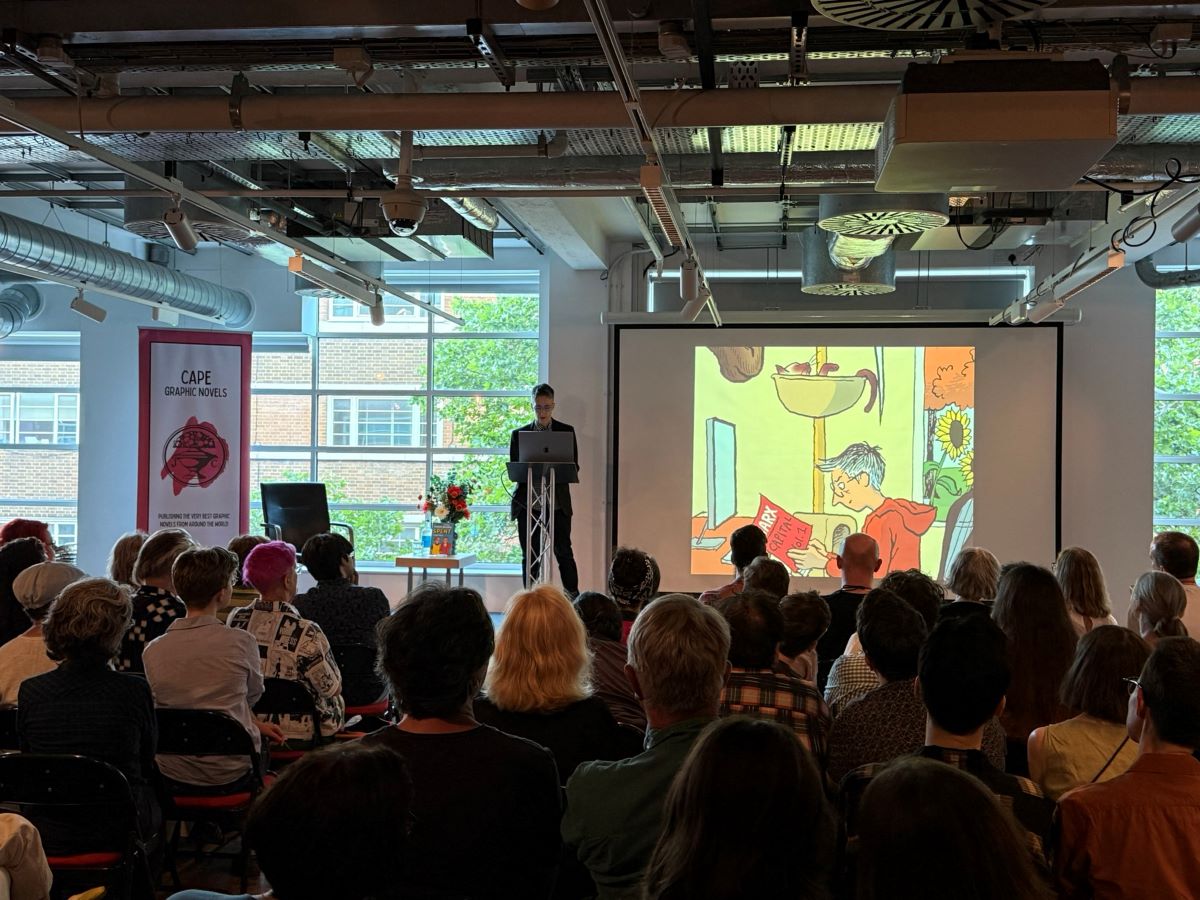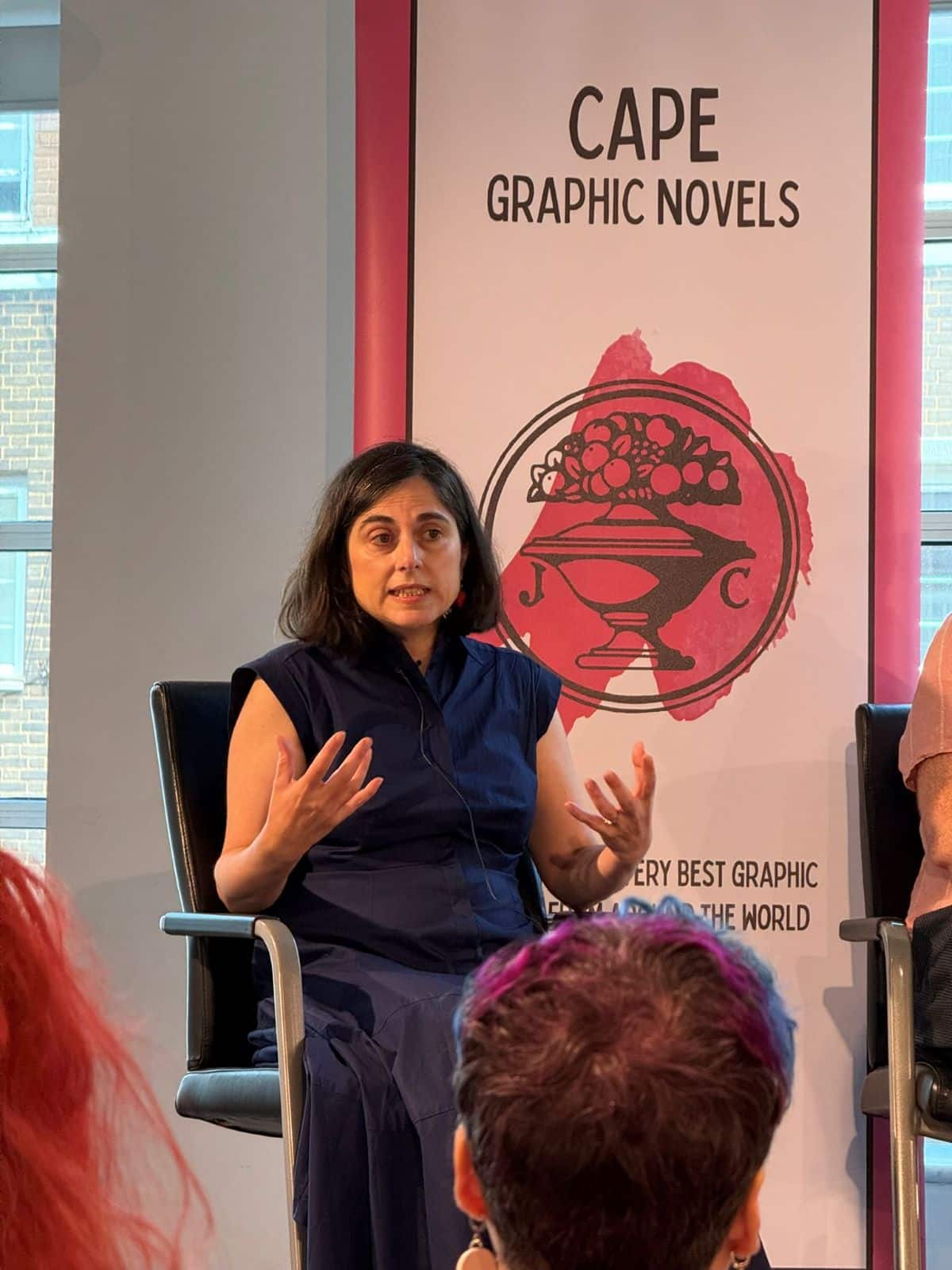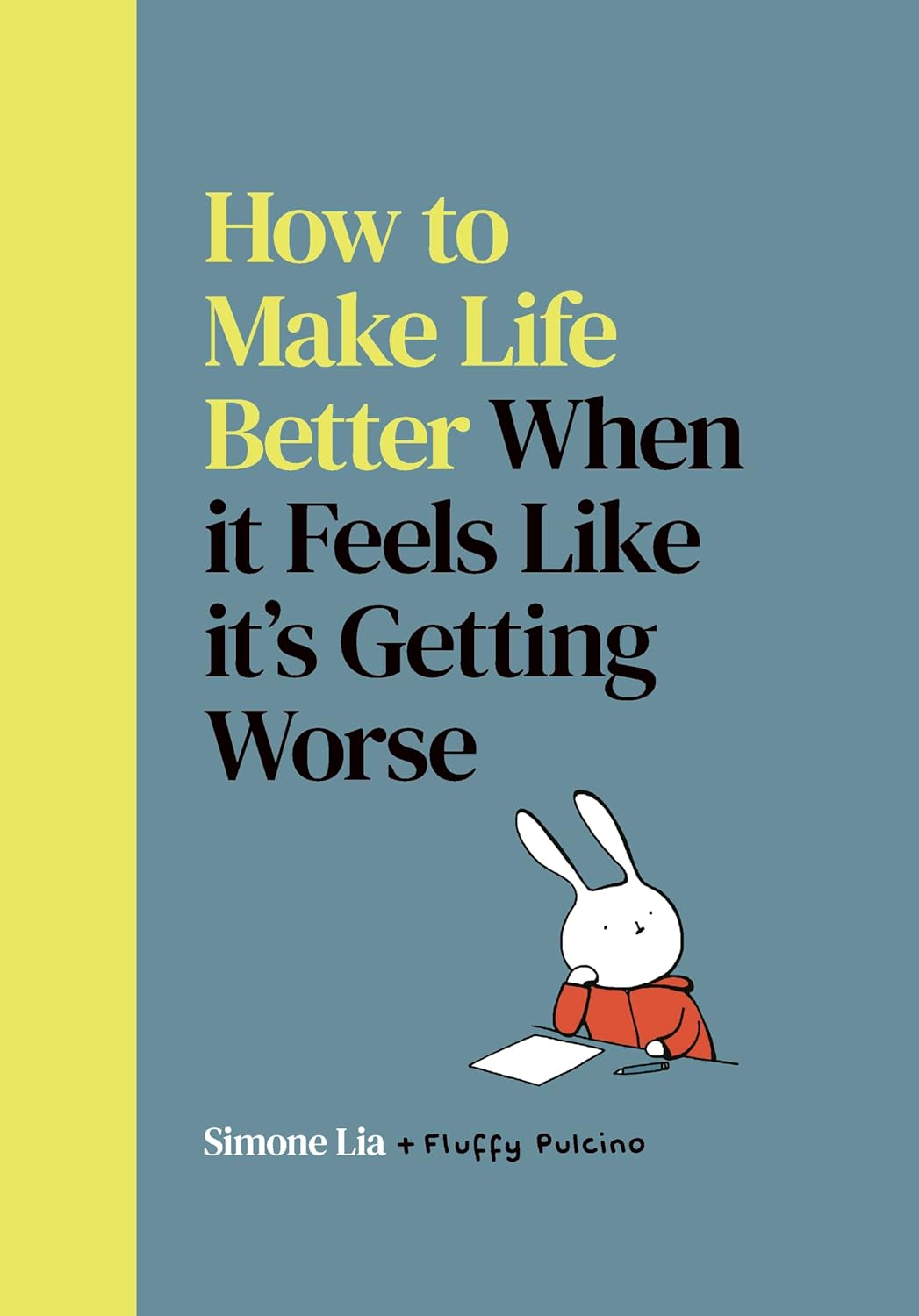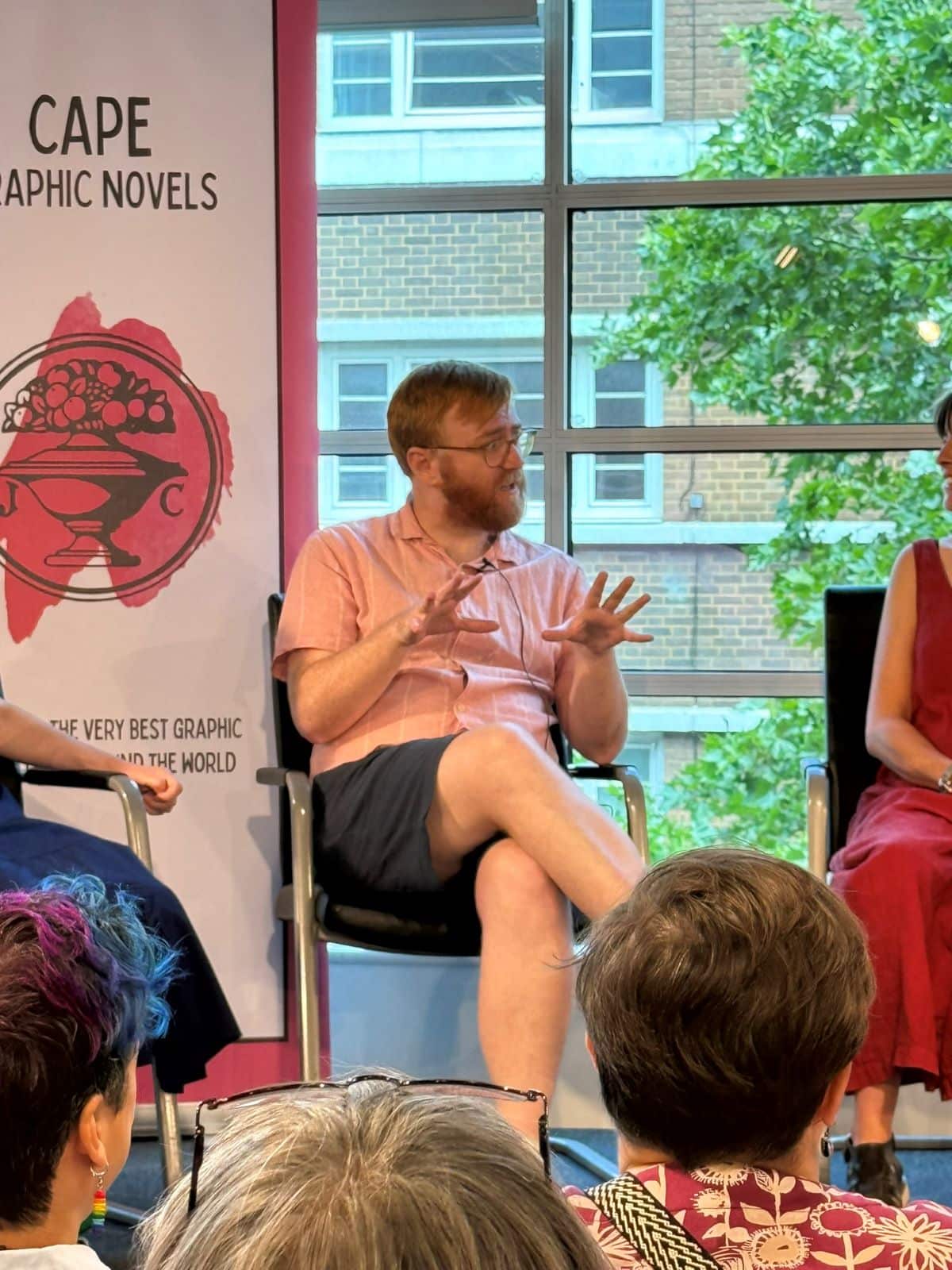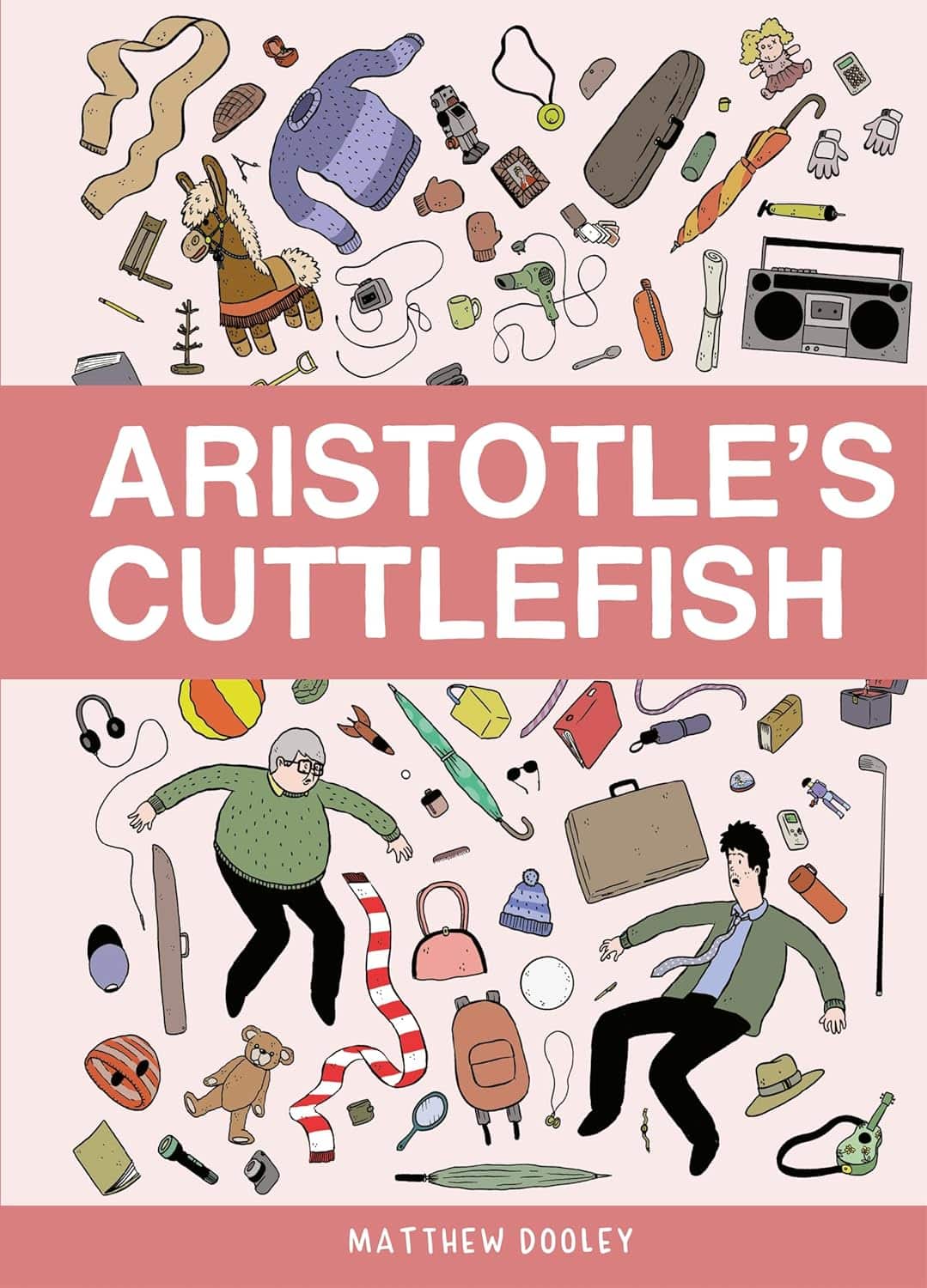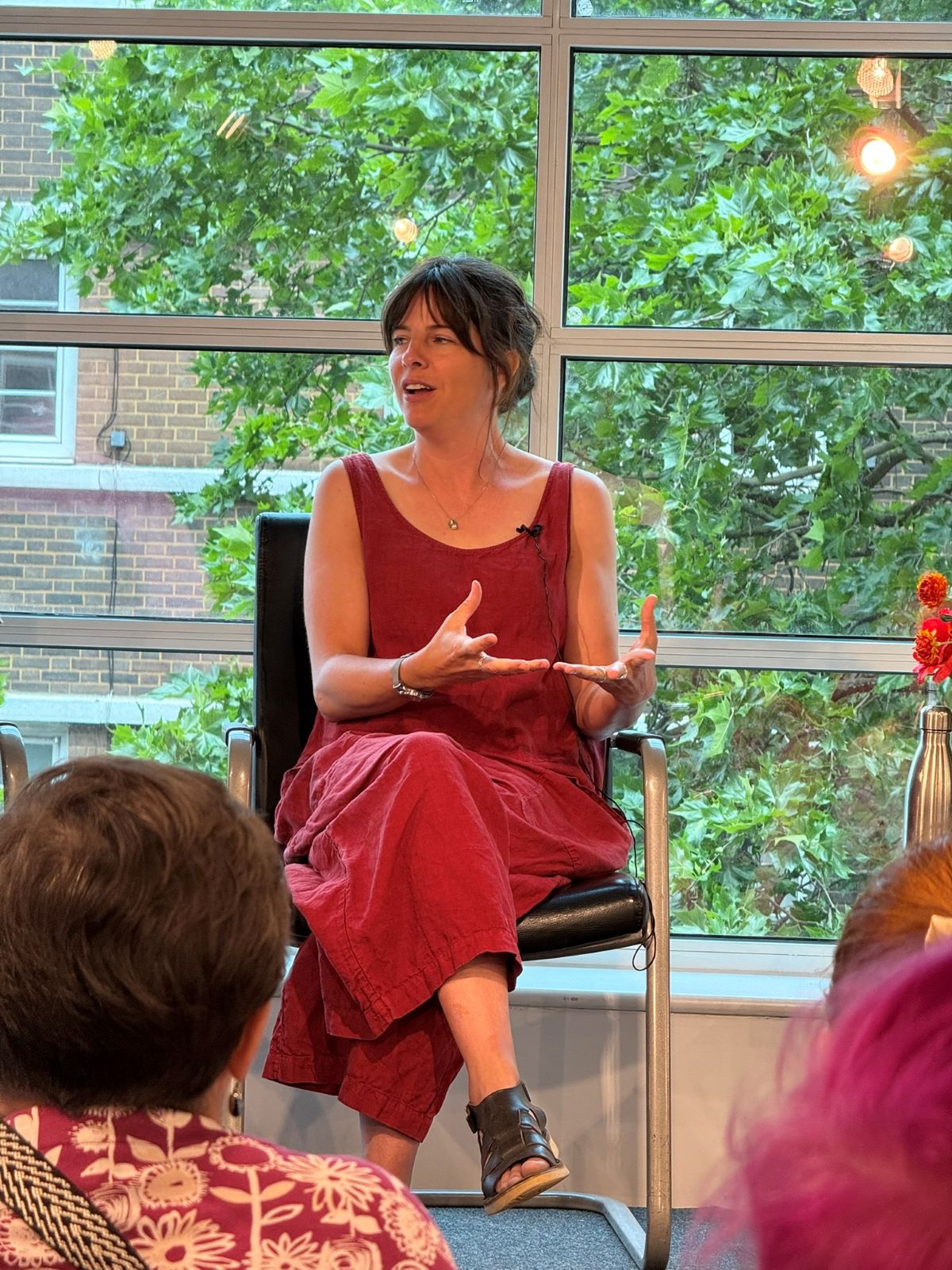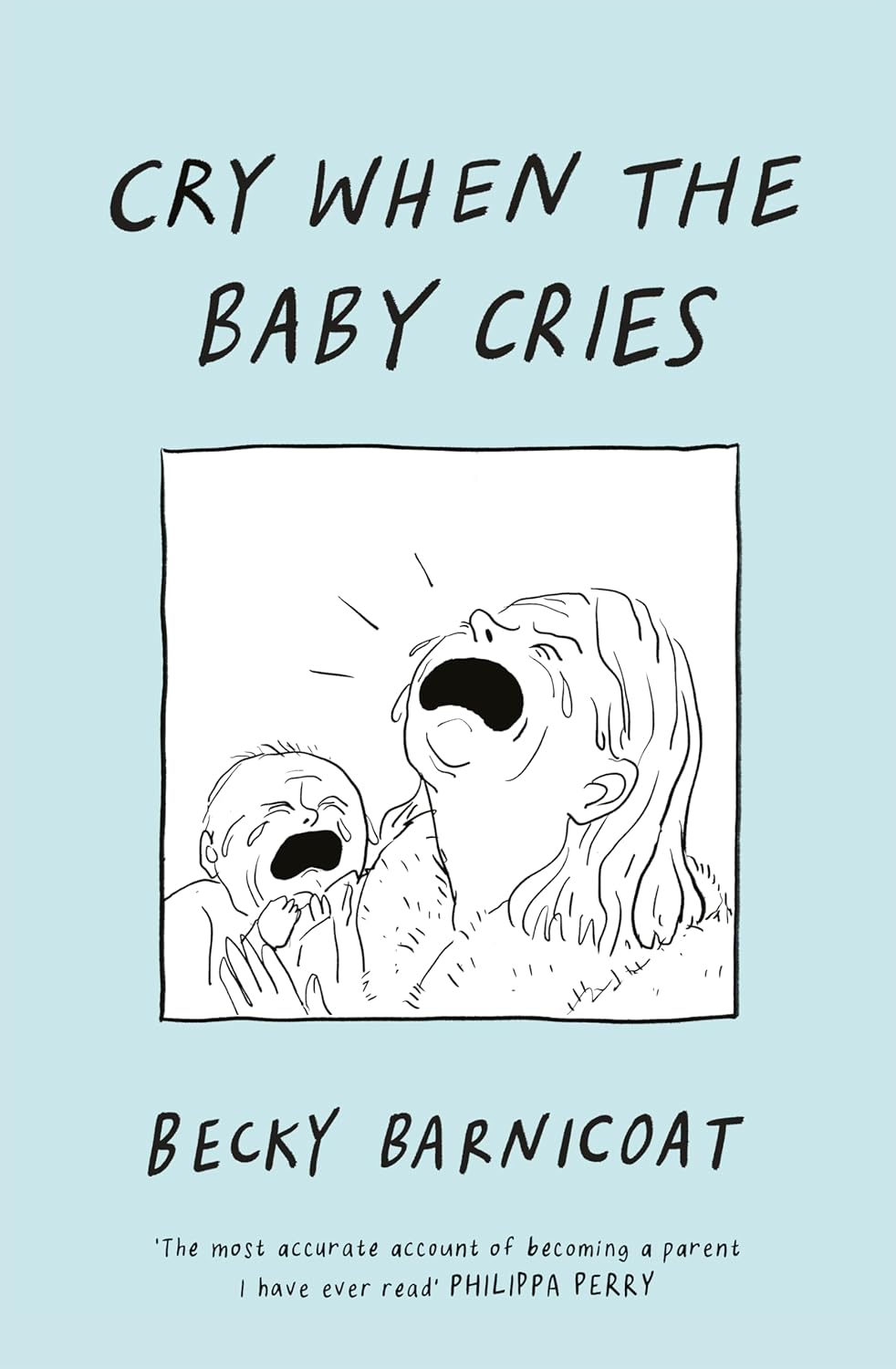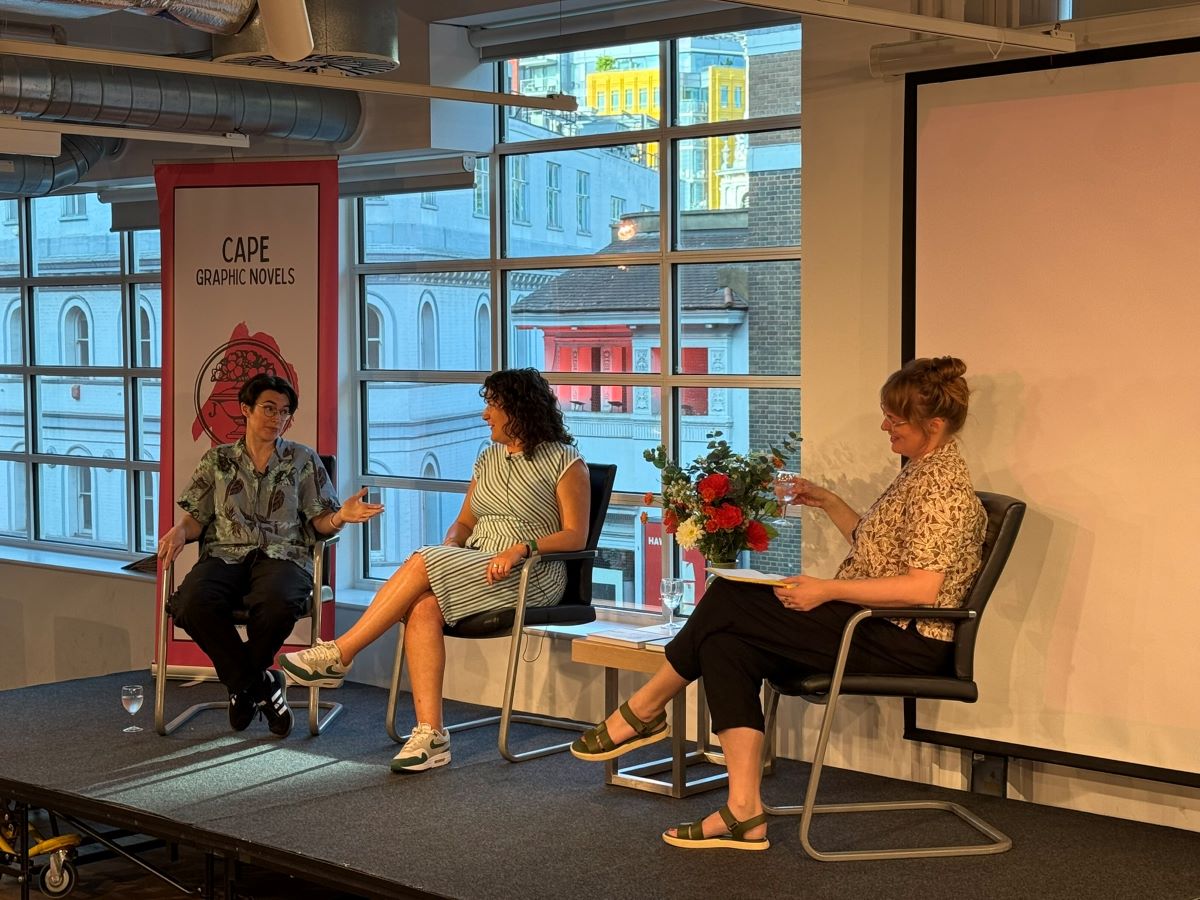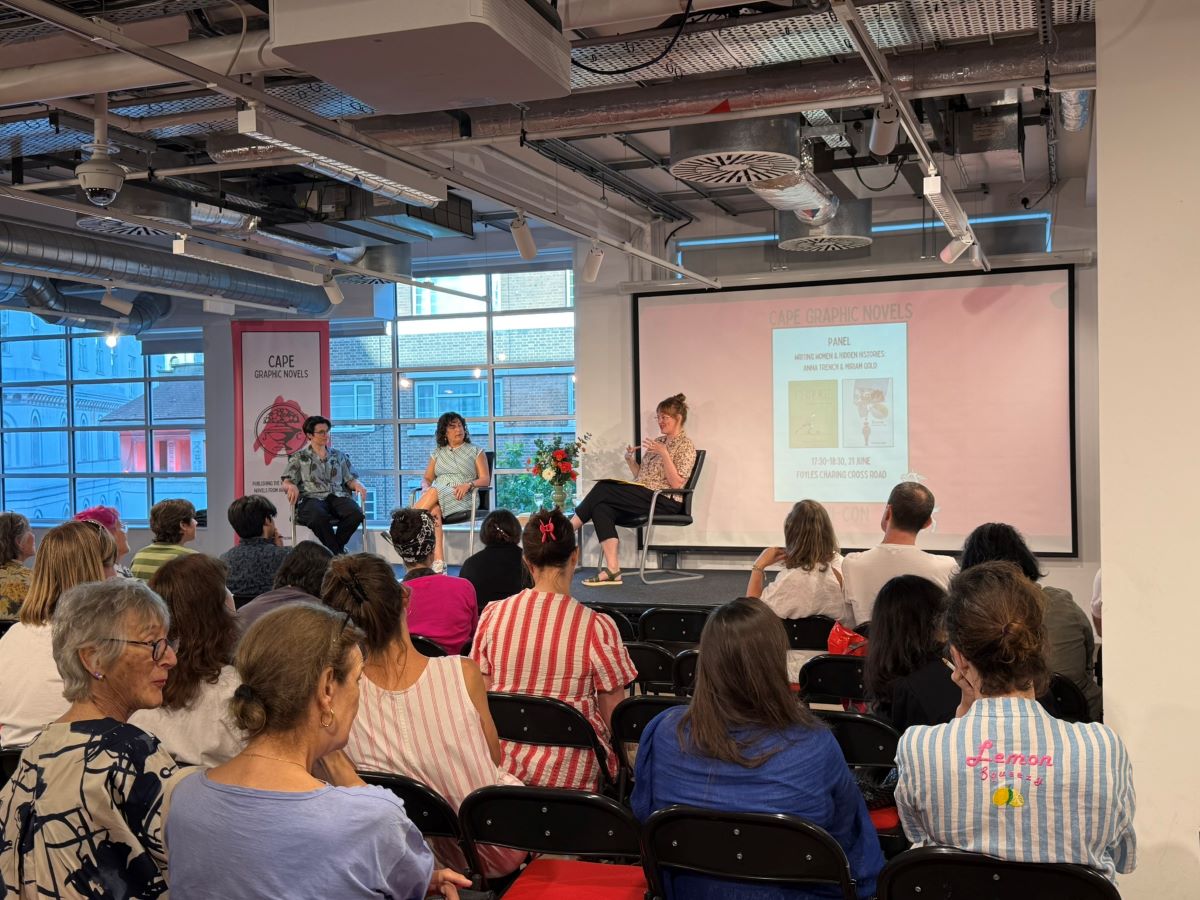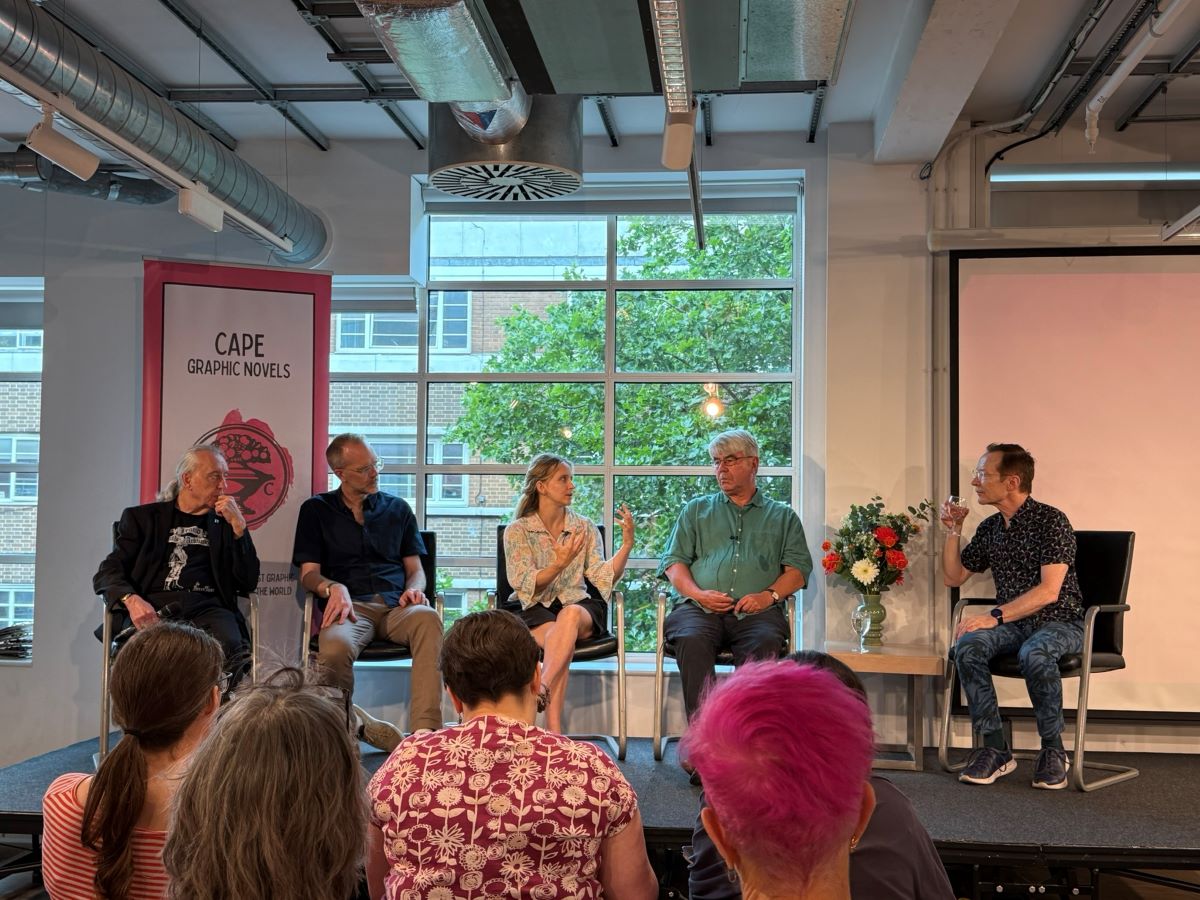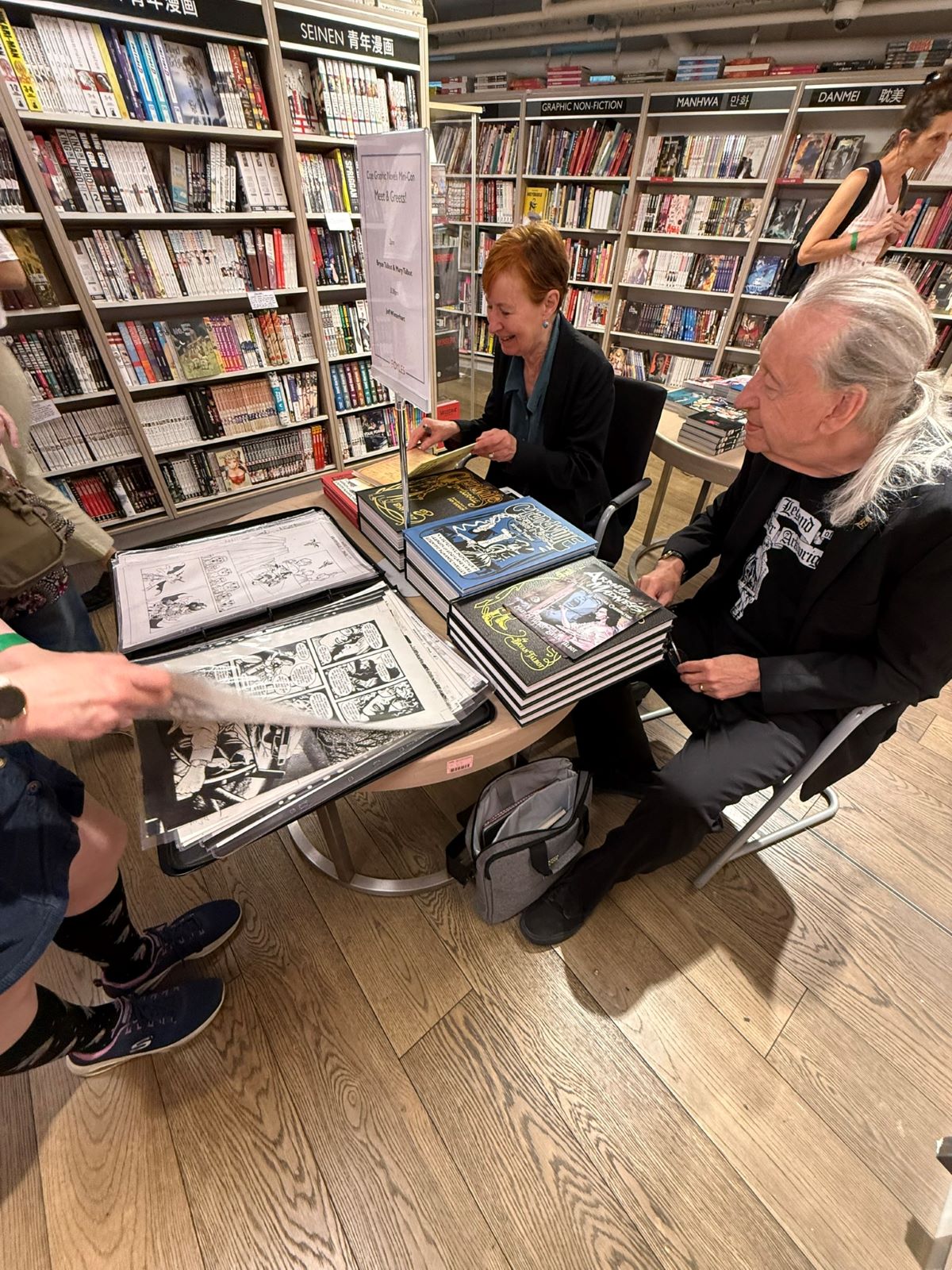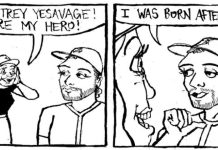After a quiet few years, British publishing house Jonathan Cape took over the top floor of Foyles’ flagship bookstore in London on June 21 for a special day of talks showcasing their newest slate of graphic novels and their authors, headlined by Alison Bechdel.

Jonathan Cape is a staple of the graphic novel scene in the UK. The eclectic literary publisher has led the way for the British variation of the format by being among the first to publish homegrown talent while introducing international licensed work to build out a critically successful line in the UK. Known international names published by Jonathan Cape in Britain have included Bechdel, Marjane Satrapi, Chris Ware, Dan Clowes, and Joe Sacco.
Before the Penguin Random House imprint had even committed to the idea of the graphic novel in the 1990s, Jonathan Cape published some of its earliest contemporary examples in Britain, most notably Posy Simmonds’ True Love (1981). In fact, the three founding names in the British graphic novel movement – Simmonds, Raymond Briggs (Ethel and Ernest), and Bryan Talbot (Alice in Sunderland, Grandville) – have all been published by Cape.
The retirement of publishing director Dan Franklin in 2019 cast a little uncertainty, but with new publishing director Hannah Westland – and the continued input of Franklin – the graphic novel line at Jonathan Cape is seemingly revitalised and rebranded as Cape Graphic Novels. They will even be doing the convention circuit, with an appearance at Thought Bubble in November on the docket.
As ABechdel’s British publisher, it was probably a no-brainer to hold some kind of event showcasing her latest book, Spent, and the author herself had flown over to the U.K. Every ticket with Alison’s name featured was completely sold out on the Foyles website, and her headline talk in the evening was packed.
The talk itself was a mix of career overview and the thought processes that underlay Spent, which, according to Bechdel, started as another work of non-fiction before turning into a fictionalised soft-parody of her career and the anxieties of the current political environment in the US. What particularly excited Bechdel was revisiting the cast of her popular longrunning comic strip Dykes to Watch Out For (1983-2008) some 20 years later. Bechdel is already considering a sequel.
Earlier in the day, there was a pretty impressive mix of talks and signings. First was a panel – hosted by Graphic Novel Reading Room‘s Gabi Putnoki – about observational humour and life-writing featuring Becky Barnicoat (Cry When the Baby Cries), Matthew Dooley (Flake), and Simone Lia (Fluffy). Each spoke about the task of taking real-world, lived experience and finding the surreal comedy within. Barnicoat’s graphic novel adds a dose of “body horror” to the experience of becoming a parent for the first time; meanwhile, Dooley takes a familiar setting and uses it to produce sitcom-level farce, which he returns to in his latest graphic novel Aristotle’s Cuttlefish. Meanwhile, Lia brings the long-awaited sequel to her cult hit 2007 graphic novel Fluffy – about a bunny that believes he is a human child – which sees the character return and participating in the life guidance fad; it will be called How to Make Life Better When it Feels Like it’s Getting Worse. While Lia’s Fluffy sequel isn’t due for release until September, Cape Graphic Novels had a few advance copies for sale on the day (which were immediately snapped up).
Another author showcase was Writing Women and Hidden Histories, where Lizzy Stewart interviewed debut Cape graphic novelists Anna Trench and Miriam Gold about telling women’s stories based on life. Trench’s graphic novel Florrie is about a great niece discovering her recently deceased relative had a hidden life as an early 20th century women’s footballer, before the Football Association ban in 1921. While entirely fictional, Trench – a football fan herself – had a great time digging into the history and had set herself the task of having the graphic novel published in time for the UEFA Women’s Championship this summer.
Gold’s work meanwhile is entirely non-fiction, depicting the incredible life of her grandmother, a war refugee who was one of the first female doctors at the dawn of Britain’s National Health Service. Gold depicts her grandmother’s story and their relationship through a mixture of photography, collage, illustration, and text to craft a unique graphic novel that is right at home in the defiantly eclectic Cape Graphic Novel line.
Other parts of the day were a means for Cape to reach out and support new talent with a workshop by Dominique Duong on the bare bones of graphic novel storytelling. Showcasing the nuts and bolts with scripts, outlines, page design, layout and more. Duong has a graphic novel coming from Jonathan Cape in the not too distant future.

Duong’s workshop was complemented by an industry panel hosted by Paul Gravett which featured retired Jonathan Cape publishing director Franklin, literary agent James Spackman, and two Cape-published successes, Talbot and Isabel Greenberg (Encyclopaedia of Early Earth, Young Hag). Collectively we got an intriguing look at the emergence of the Cape Graphic Novel line, the trials of getting published, what Cape looks for in a work, and the creative process. Talbot also has a Grandville prequel, The Casebook of Stamford Hawksmoor, coming out from Jonathan Cape in November (and presumably a North American release from Dark Horse to follow).
Meanwhile, if the schedule wasn’t packed enough, there were two signing sessions in the downstairs graphic novels area of the book store featuring Bryan & Mary Talbot and Joff Winterheart.


